Do you have a question about the TP-Link TL-MR6500v and is the answer not in the manual?
Install the router's antennas and position them upwards. Insert the Micro SIM card into the slot until it clicks.
Connect the power adapter and turn on the router. Then, connect your landline phone to the RJ11 port.
Verify the Power, Internet, and Wi-Fi LEDs indicate the correct operational status.
Ensure 2 or 3 bars of the Signal Strength LED are lit for a strong mobile network signal.
Connect your computer to the router's LAN port using an Ethernet cable.
Find the SSID and password on the router's label and connect your device to the network.
Connect your computer to the router and launch a web browser to access http://tplinkmodem.net or http://192.168.1.1.
Follow the step-by-step instructions in the Quick Setup to complete the initial configuration.
Enable VoLTE calls by logging into the web management page and selecting VoLTE under Advanced > Telephony.
Enable VoIP calls by selecting VoIP under Advanced > Telephony and entering your telephone information.
Download the TP-Link Tether app, log in with your TP-Link ID, and select Router > 3G/4G Router to begin setup.
Understand the meaning of Power, Internet, Wi-Fi, LAN, PHONE, and Signal Strength LED indicators.
Troubleshoot issues accessing the router's web management page by checking IP settings and browser.
Resolve internet access problems by verifying SIM card, ISP parameters, PIN, and data settings.
Restore the router to factory default settings using the WPS/RESET button or the web management page.
Reset the router to its factory defaults to create a new password if the management password is forgotten.
Retrieve or reset the wireless password via the router's web management page.
Follow safety guidelines regarding water, fire, disassembly, damaged chargers, and usage environments.
This document describes the TP-Link Wireless 4G LTE Telephony Router, a device designed to provide internet connectivity and telephony services using a 4G LTE network.
The TP-Link Wireless 4G LTE Telephony Router serves as a central hub for internet access and voice communication. It integrates a 4G LTE modem, a Wi-Fi router, and telephony capabilities into a single device. The primary function is to convert a 4G LTE mobile network signal into a Wi-Fi network for multiple devices and to enable landline phone calls over the mobile network (VoLTE) or over the internet (VoIP). This makes it suitable for homes or small offices where traditional wired internet is unavailable or where users prefer a unified solution for internet and phone services.
http://tplinkmodem.net or http://192.168.1.1. Users will need to create a new password for initial login.https://www.tp-link.com/support.| DSL WAN | No |
|---|---|
| Ethernet WAN | Yes |
| WAN connection type | RJ-45 |
| 4G standard | LTE-TDD & LTE-FDD |
| 3G standards | DC-HSPA+, HSPA, HSPA+, UMTS |
| SIM card type | MicroSIM |
| 4G bands supported | 800, 900, 1800, 2100, 2300, 2500, 2600 MHz |
| UMTS bands supported | 900, 2100 MHz |
| Product type | Tabletop router |
| Product color | Black |
| Wi-Fi band | Single-band (2.4 GHz) |
| Wi-Fi standards | 802.11a, 802.11b, 802.11g, Wi-Fi 4 (802.11n) |
| Top Wi-Fi standard | Wi-Fi 4 (802.11n) |
| WLAN data transfer rate (max) | 300 Mbit/s |
| Antennas quantity | 2 |
| VPN server | PPTP VPN, OpenVPN |
| Cabling technology | 10/100Base-T(X) |
| Networking standards | IEEE 802.11a, IEEE 802.11ac, IEEE 802.11b, IEEE 802.11g, IEEE 802.11n |
| VPN tunnels quantity | 10 |
| Ethernet LAN data rates | 10, 100 Mbit/s |
| Ethernet LAN interface type | Fast Ethernet |
| Number of guest networks (2.4 GHz) | 1 |
| Output current | 1 A |
| Output voltage | 12 V |
| Power source type | DC |
| Storage temperature (T-T) | -40 - 70 °C |
| Operating temperature (T-T) | 0 - 40 °C |
| Storage relative humidity (H-H) | 5 - 90 % |
| Cables included | LAN (RJ-45) |
| Firewall security | : DoS, SPI Firewall, IP and MAC Address Binding |
| Security algorithms | 64-bit WEP, 128-bit WEP, WPA, WPA-PSK, WPA2, WPA2-PSK |
| Harmonized System (HS) code | 85176990 |
| Package depth | 223 mm |
| Package width | 307 mm |
| Package height | 70 mm |
| Package weight | 640 g |
| Depth | 141 mm |
|---|---|
| Width | 202 mm |
| Height | 33.6 mm |
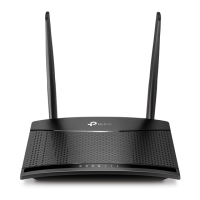
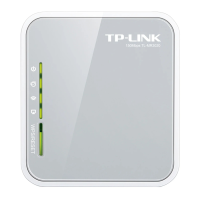
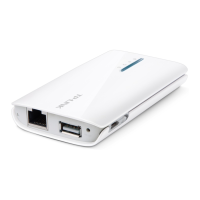
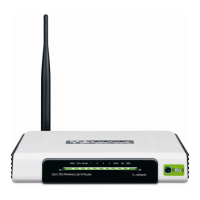
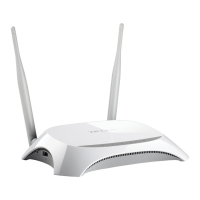
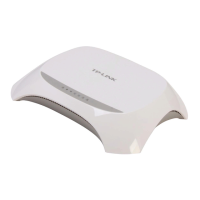
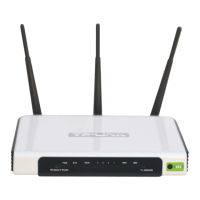
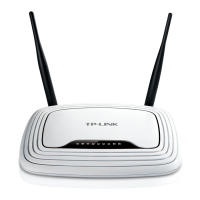
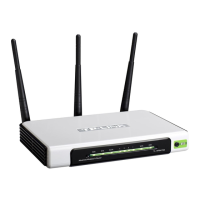
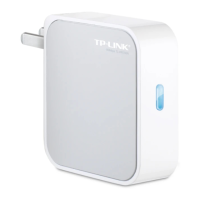
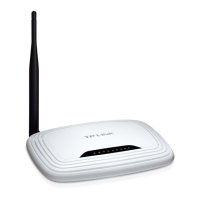
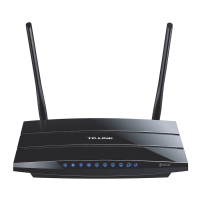
